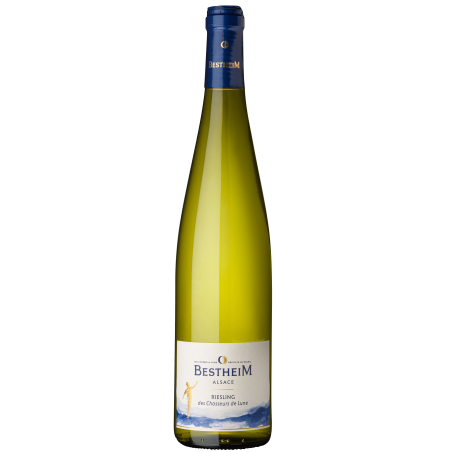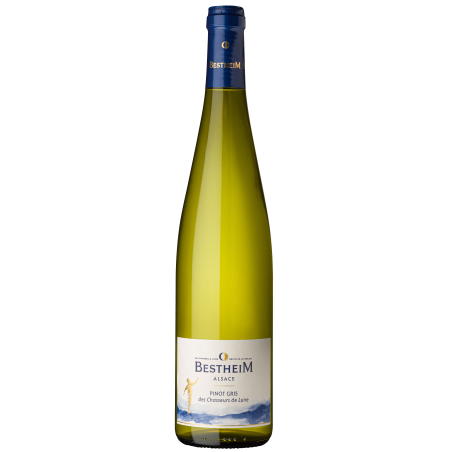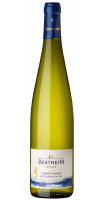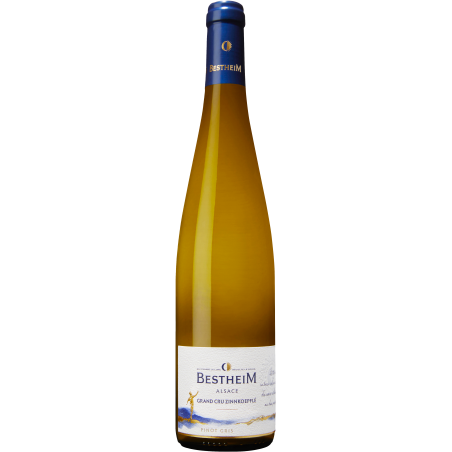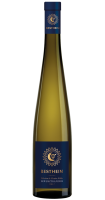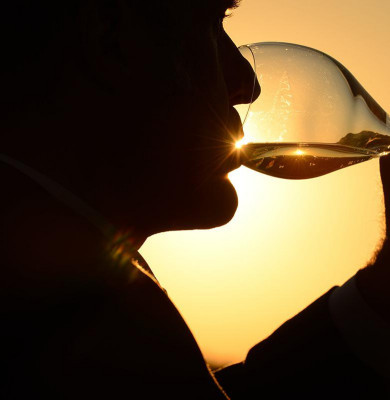
Understand the different styles of Alsatian wines
Do you really know what a dry wine is? A semi-dry wine? Do you know what are the criteria for a sweet wine? And a sweet, even syrupy wine?
It is not always easy to find your way around and understand the different styles of still wines. These characteristics are related to the sweetness, the level of residual sugars still present in the wine after fermentation, but also to the acidity of the wine or the level of alcohol. We give you the keys to understand.
What is a dry wine?
Dry white wines
A dry white wine is a wine that will have the lowest level of sweetness. The residual sugars present do not exceed 4 grams per liter or 9 grams per liter for the most acidic wines. These are wines with a great freshness and finesse with a very strong ageing potential.
What about red wine?
Red wines are naturally dry. In general, there are no, or very little, residual sugars left after the fermentation process.
Bestheim dry wines
What are the Bestheim dry white wines? They are all Riesling: Riesling Classic or Riesling Rayon de Lune, but also Grand Cru wines like the Riesling Grand Cru Schlossberg or terroir wines with the Riesling Lieu-dit Rebgarten. These are fine wines, very mineral with a certain acidity bringing freshness. They present notes of fresh fruits, citrus fruits, white flowers but also yellow fruits for the most complex cuvées from particular terroirs.
One can also find among the dry white wines, the Sylvaner and the Klevner de Heiligenstein.
On the red wine side, the Pinot Noir Exception, the Pinot Noir l'Impatient or the Pinot Noir les Chanteaux, are considered as dry red wines.
What is a semi-dry wine?
A semi-dry white wine is a wine with a sugar content between 9 and 18 grams per liter. This average sweetness can be felt when the wine is young but will fade away little by little as it matures in the bottle.
Bestheim semi-dry wines
Pinot Gris is a grape variety that gives rise to semi-dry wines when they do not come from terroirs such as the Grands Crus. Among the semi-dry white wines are Pinot Gris Classic and Pinot Gris Rayon de Lune. They are round and easy to drink wines with aromas of yellow fruits, candied fruits (apricots) and dried fruits.
We also find Muscat for example.
What is a sweet wine?
A sweet wine is a wine with a residual sugar content of between 18 and 45 grams per liter. During tasting, one can easily feel this sweetness on the palate.
Bestheim sweet wines
Gewurztraminer Classic, Gewurztraminer bio Fourmidable and Gewurztraminer Grand Cru Mambourg are sweet white wines. They are wines with a great aromatic richness, an ample and fruity mouth on notes of exotic fruits (pineapple, lychees), spices and rose.
This is also the case of the Blanc Moelleux HOPLA by Bestheim.
The Grand Cru Kaefferkopf is also a mellow wine with aromas of flowers (rose and violet), candied fruits (mirabelle plum), complemented by smoky notes and a nice freshness thanks to lemon notes.
What is a sweet wine? A sweet wine?
Sweet and syrupy white wines are wines whose sweetness exceeds 45 grams per liter. Most often, sweet wines are produced from grapes picked when over-ripe or from specific grape varieties and terroirs. This differentiates them from sweet wines whose grapes, also harvested in over-ripeness, are affected by noble rot, called botrytis cinerea.
Bestheim sweet wines
Some Grands Crus can be considered as sweet white wines such as Pinot Gris Grand Cru Zinnkoepflé or Gewurztraminer Grand Cru Furstentum.
The stars of the sweet wines are the late harvests: Riesling, Pinot Gris and Gewurztraminer Vendanges Tardives. Mostly candied fruit, apricot, pineapple and dried fruit notes can be found. On the palate the balance between freshness and roundness is preserved with a small hint of honey that rolls on the palate.
Bestheim syrupy wines
These are the Selections de Grains Nobles: Pinot Gris Sélection de Grains Nobles or Gewurztraminer Sélection de Grains Nobles.
